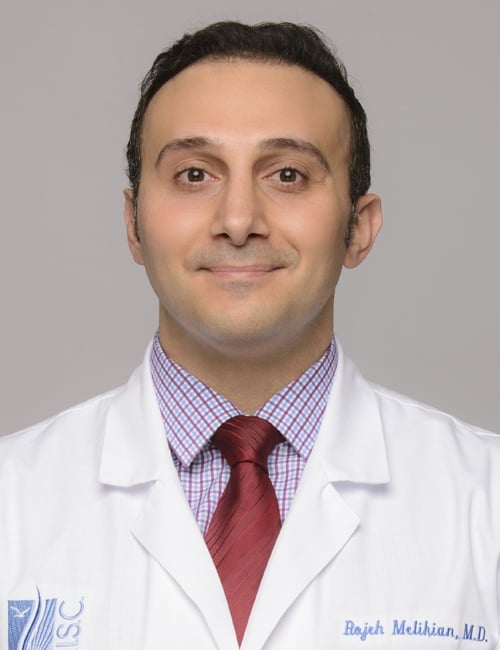Advances in spinal fusion surgery have made a tremendous difference in the way I’m able to treat my patients. When I have a patient who would benefit from a spinal fusion in their lower back, I can often improve his or her back and leg pain with a minimally invasive procedure called lateral lumbar interbody fusion, also referred to as XLIF. XLIF is a great alternative to traditional spinal fusions of the past, which required a long incision and cutting through the thick muscles of the back. With XLIF, not only do my patients feel better quickly, but it can be performed on an outpatient basis.
Identifying Potential XLIF Candidates
Though every patient needs an individual evaluation to see if XLIF is an appropriate solution, it’s often used to treat conditions such as:
- Degenerative disc disease – The rubbery discs between the vertebrae of the spine can deteriorate, resulting in a disc collapse or herniation that causes pain.
- Spondylolisthesis – This refers to a condition in which one bone slips over the other in the spine.
- Spinal stenosis – The spaces in the spine can become narrowed, placing pressure on the nerves that travel through it.
Because a spinal fusion “welds” adjacent vertebrae together, it prevents painful movement and provides stability for that segment of the spine. It can also help remove pressure on the spinal nerves.
Understanding the XLIF Procedure
XLIF is performed using a small incision in the patient’s side to access the spine. This method allows us to avoid major muscles in the back and abdomen, as well as ligaments and large blood vessels in front of the spine, including the aorta and vena cava. Using an operating microscope during the procedure provides direct visualization of the area, which helps surgeons work more efficiently in the space and avoid nerve damage in the process. The damaged disc between the affected vertebrae is removed and an implant is placed into the disc space. The implant helps stabilize the bones and restore proper disc height, lifting pressure off the nerves. The implant contains bone graft that allows the vertebrae to grow together into one solid bone over time.
After surgery, my patients are often surprised at what an immediate improvement they notice in their symptoms. They are usually walking shortly after surgery and may go home the same day or the next morning. Activities are restricted for the first six weeks following surgery to allow the bones to properly fuse together. After that, however, they will get started on an exercise plan and usually be back to normal activities by three months post-op. Generally, as time goes on, my patients continue to feel better and better.
Debunking Common Concerns
With any fusion surgery, patients are often worried about how much the procedure will impact their overall movement. Thankfully, each spinal segment only contributes a few degrees to the total motion of the spine. After a one-level fusion, most people don’t have a noticeable difference in how they can move.
Patients also have concerns regarding the amount of pain they’ll experience after surgery. With XLIF, pain is minimal. Because we don’t have to cut through the muscle, there’s usually a fairly smooth recovery. There may be some mild pain at the incision site, but it’s easily managed with oral pain medication.
Prepping for a Successful Recovery
To make the process even easier, I always recommend focusing on your health leading up to surgery. Eat a nutritious diet, improve your core strength, and have a positive mental outlook. I tell my patients, “The stronger you go into surgery, the stronger you’ll come out.”

About the author
Rojeh Melikian, M.D. Dr. Rojeh Melikian is a Harvard and Emory University-trained orthopaedic spine surgeon. He was subsequently accepted into the prestigious Harvard Combined Orthopaedic Surgery Residency Program, where he excelled and was appointed as Chief Resident at the Massachusetts General Hospital. He received extensive training in complex spinal surgery, scoliosis, as well as primary and metastatic spine tumors. Upon graduation, Dr. Melikian was awarded the prestigious Harvard Orthopaedic Surgery Thesis Day Award for best clinical presentation for his work on spinal infections. Dr. Melikian has authored numerous presentations, posters and journal articles on spine surgery. Read more articles by Rojeh Melikian, M.D..




